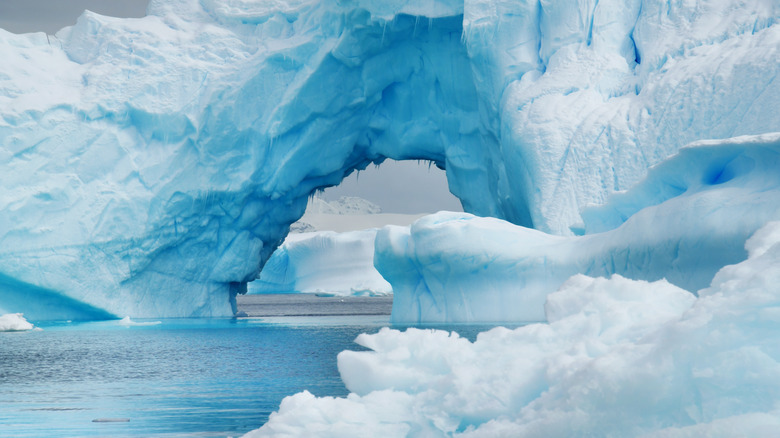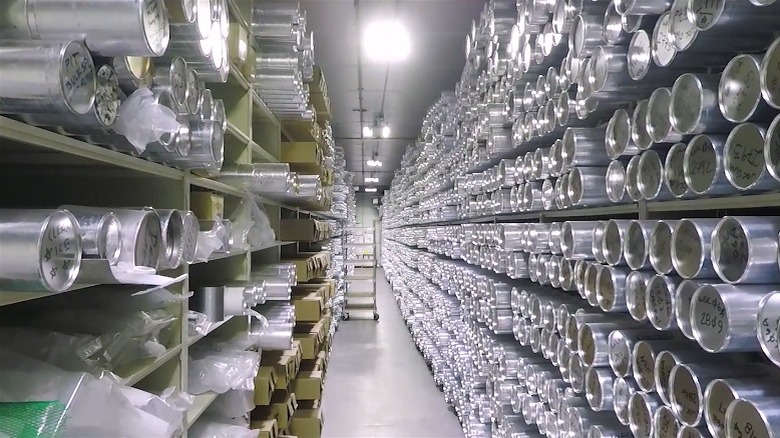A National Lab In Colorado Offers A Unique And Educational Experience About Our World
Have you ever wondered how scientists learn about climate shifts that happened hundreds of thousands of years ago? And do you want to know what scientists study to predict the future of climate change? The answers lie in ice cores, and you can learn all about them at the U.S. National Science Foundation Ice Core Facility in Lakewood, Colorado, a thriving Denver suburb with stellar mountain views.
Scientists gather ice cores by drilling straight down into glaciers and polar ice sheets. Then, they extract cylindrical sections that are sometimes hundreds of feet long and safely transport them to the facility to store for testing. The ice cores provide scientists with key information, including what weather shifts we can expect in the near future, which will help us understand how climate change and rising temperatures might impact travel to iconic destinations.
The ice facility in Colorado is home to a massive freezer with more than 50,000 cubic feet of storage space for ice cores from around the world. The freezers are kept at -33 degrees Fahrenheit to preserve the ice. If atmospheric science, climate change, and polar regions are of interest, you can take a dedicated tour of the Ice Core Facility in Colorado.
Touring the Ice Core Facility in Colorado
Located under 20 minutes by car from Downtown Denver, the U.S. National Science Foundation Ice Core Facility is housed in the Denver Federal Center. To take a tour, you'll need to bring an official U.S. driver's license or passport, along with winter clothing to stay warm in the freezer. Be sure to book your tour well in advance of your visit to ensure you'll have a spot.
On a tour of the facility, you'll learn more about the research being conducted at the lab — and how they plan to use all 25,000 meters of stored ice cores! You'll also discover what information scientists can glean from ice cores and the importance of ice in predicting critical climate shifts for future generations. For instance, you'll see how, in the lab, scientists test the layers of ice in the cores to determine if various substances are present, as dust, ash, pollen, trace elements, and sea salts in the ice can provide clues about atmospheric conditions, temperatures, and global events in the distant past. Even more importantly, with this historical information, ice cores can assist scientists in predicting how (and when) climate changes could begin to endanger life on earth in modern times.
Interested to learn more? Continue your Colorado science lesson by visiting this prehistoric park outside of Colorado Springs, home to some of the world's most diverse fossil deposits.

